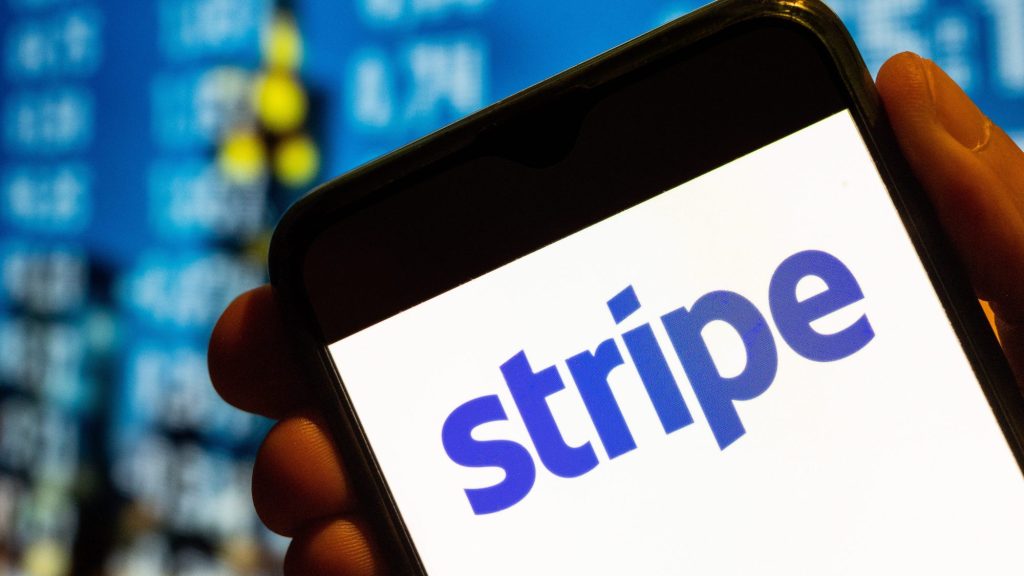After 6-year hiatus, Stripe to start taking crypto payments, starting with USDC stablecoin

Stripe, the fintech giant, continues to inch its way back into the cryptocurrency market. On Thursday the company announced that it would let customers accept cryptocurrency payments, starting with just one currency in particular, USDC stablecoins, initially only on Solana, Ethereum and Polygon. This will be the first time that Stripe has taken crypto payments since 2018, when it dropped support for Bitcoin due to it being too unstable.
Stripe in 2022 tried its first reentry into the crypto market when it announced payouts (but not payments) in USDC, with Twitter as its marquee customer for the service. Thursday’s news has no customer names attached to it.
Stripe co-founder and president John Collison is due to announce the news at the company’s Connect developer conference taking place this week in San Francisco.
“Transaction settlements are no longer comparable with Christopher Nolan films for length,” he said earlier Thursday. “And transaction costs are no longer comparable with Christopher Nolan films for budget. Stripe is bringing back crypto payments — this time with stablecoins, which are a way better experience.”
On Wednesday the company unveiled a long list of other launches, the most significant update being that Stripe, for the very first time, would let customers integrate competing payment providers with Stripe’s other financial services tooling. Thursday’s nod to expanding crypto support is also part of that bigger strategy to open up its walled garden.
A brief timeline of Stripe’s dance with crypto underscores the tricky line that Stripe has walked over the years when it comes to cryptocurrency. True to its disruptive roots as a fintech, the company has wanted to be in the middle of the conversation around how blockchain-based technologies will affect financial services. But it runs the risk of subverting its bigger business and positioning as a stable and sensible financial powerhouse if it dabbles too deeply or for too long in periods of instability. The company processed $1 trillion in transactions last year, and it’s still growing; it is currently worth $65 billion on paper.
Stripe, doubling down on embedded finance, de-couples payments from the rest of its stack
In 2014, Stripe launched its first efforts into cryptocurrency with tests on Bitcoin, the first big cryptocurrency. “Stripe’s support is crucial here due to the nature of Bitcoin: It doesn’t have all the qualities normally expected of money,” said one of its earliest testing partners at the time.
By 2018, it pulled all of that activity, saying it was too volatile and unstable. “Over the past year or two, as block size limits have been reached, Bitcoin has evolved to become better-suited to being an asset than being a means of exchange,” the company said in its announcement. “This has led to Bitcoin becoming less useful for payments.”
Cue June 2019 and Facebook getting hot on crypto. Stripe became one of the founding members of Libra.
But not for long! By October 2019, Stripe, along with others, dropped support for Facebook’s efforts. “Stripe is supportive of projects that aim to make online commerce more accessible for people around the world. Libra has this potential,” it said at the time. “We will follow its progress closely and remain open to working with the Libra Association at a later stage.”
It took three more years for the company to try out crypto once more, with its turn to Twitter and stablecoin (USDC) payouts with Twitter.
Given that longer look, it’s anyone’s guess whether Stripe will stay the course with this latest launch and what sort of timeline its efforts will take. From what we understand, though, it’s already evaluating other stablecoins and platforms and sees an opportunity, at least for now.